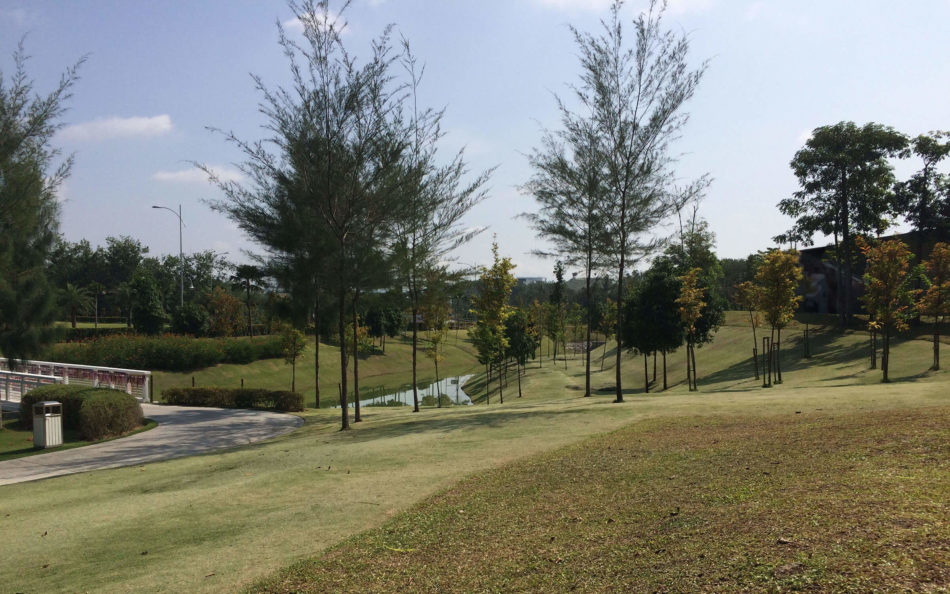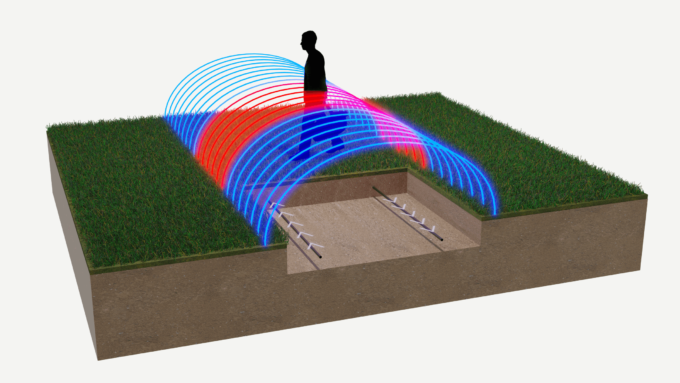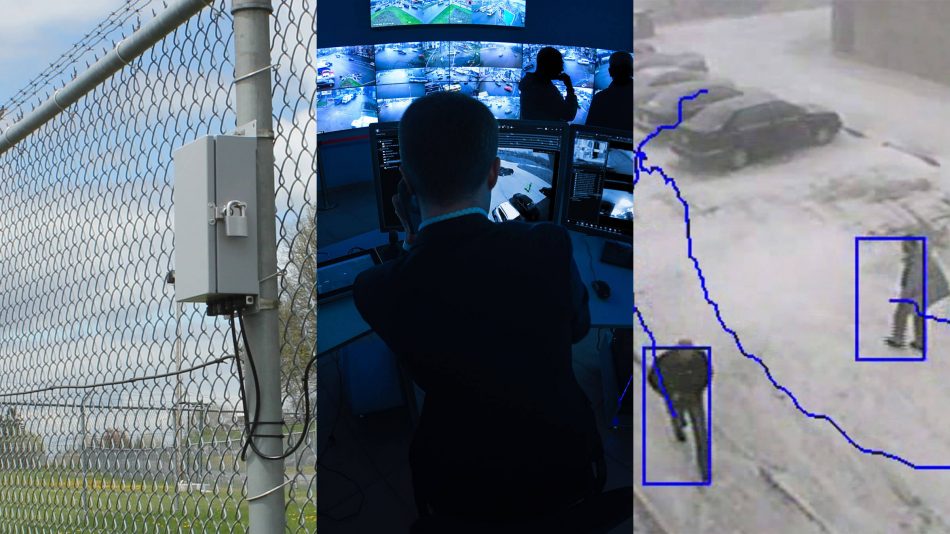Buried Sensors: Intruders Can’t Defeat What They Can’t See

Buried sensors detect and locate the movement of people and vehicles as they approach or cross the perimeter. Completely covert, buried sensors are invisible to intruders and maintain site aesthetics. Being invisible, they offer the lowest Vulnerability of defeat (Vd) of any outdoor intrusion detection sensors – intruders can’t defeat it if they don’t know it’s there.
There are two main buried cable sensor technologies – fiber optic and electromagnetic.
Buried Fiber Optic Sensors
When an intruder moves across the ground above a buried fiber optic sensor cable-whether walking, running, crawling, or driving, characteristic vibrations are created. The system distinguishes these from background noise and declares an alarm when the detection criteria are met. Advanced fiber optic sensors have classification capabilities, enabling the sensor to distinguish between people, vehicles, digging, and other activities.
Buried Electromagnetic Sensors
Consisting of a pair of buried cables, the sensor generates an invisible above-ground electromagnetic detection field. When an intruder enters the field, an alarm is generated. Operation is not affected by vegetation (including grass, shrubs, and trees) and these sensors are insensitive to wind, rain, snow, hail, sandstorms, fog, extreme temperatures, seismic vibration, acoustics, magnetic effects and blowing debris. They can also be calibrated to reject animal detection.
Senstar’s Buried Sensor Portfolio
Senstar offers both fiber optic (FiberPatrol® FP1150) and electromagnetic (OmniTrax®) buried sensors. These advanced market-leading technologies can pinpoint the exact location of an intrusion and even detect simultaneous intrusions distributed around the perimeter.
FiberPatrol® FP1150
With supported distances of up to 80 km (49.7 mi) per processor, FiberPatrol FP1150 is ideal for protecting long range perimeters and borders. The sensor can pinpoint the exact location of an intrusion and even detect simultaneous intrusions distributed around the perimeter. If the sensor cable is cut, either accidentally or in an attempt to defeat the sensor, the FP1150 immediately reports the incident, including its exact location. Moreover, the sensor retains the ability to detect and localize intrusions up to the point of the cut. When installed in the cut-immune configuration, the sensor continues to provide detection on the full perimeter even after a cable cut. The FP1150 may also be used for pipeline Third Party Interference (TPI) detection and data conduit protection.
The FP1150 requires no powered or conductive items in the field, is immune to EMI and lightning and intrinsically safe in explosive atmospheres, has a long sensor cable service life (25+ years), and unused fibers can be reused for other applications.
OmniTrax®
 OmniTrax detects and locates perimeter intrusions over a distance of up to 800 m (1/2 mi) per sensor processor. It is ideal for protecting short perimeters, such as large residences, or can be daisy-chained together to protect long perimeters. The sensor can pinpoint the exact location of an intrusion and even detect simultaneous intrusions distributed around the perimeter.
OmniTrax detects and locates perimeter intrusions over a distance of up to 800 m (1/2 mi) per sensor processor. It is ideal for protecting short perimeters, such as large residences, or can be daisy-chained together to protect long perimeters. The sensor can pinpoint the exact location of an intrusion and even detect simultaneous intrusions distributed around the perimeter.
Detection is based on the intruder’s electrical conductivity, size and speed. Detection for an upright 35 kg (77 lbs) intruder, penetrating through the detection field is greater than 99%, with a 95% confidence. Objects less than 10 kg (22 lbs) are rejected with a statistical confidence level of 95%.
OmniTrax sensor cables can carry both power and data, which greatly reduces infrastructure requirements. Power and communications are bi-directional and provide full redundancy in the event of a cable cut.
Learn more about Senstar’s buried sensors.


